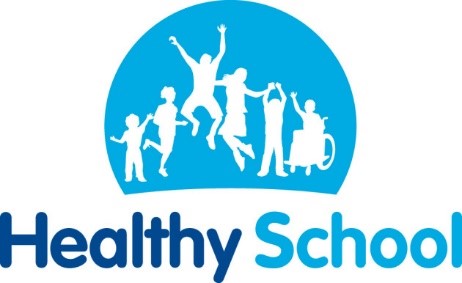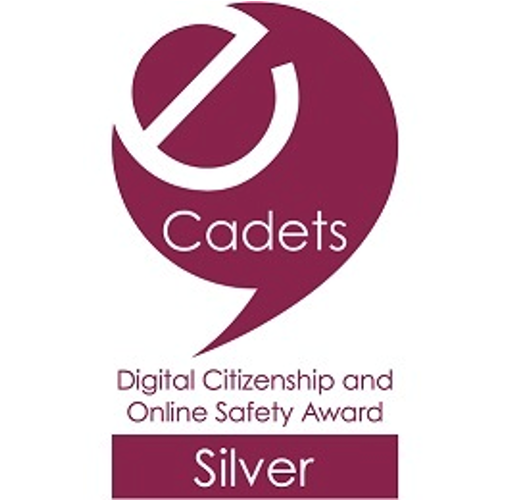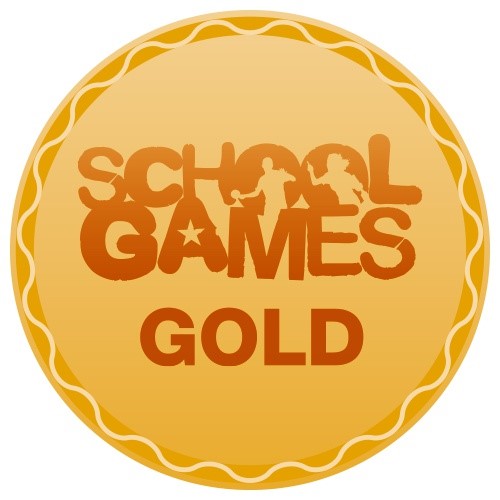Phonics
Phonics Curriculum Statement
Intent
At St. John the Baptist School we know that the teaching of phonics plays a key role in helping children learn to read, write and spell. We teach phonics using Sounds-Write, a linguistic phonics programme validated by the DfE. Sounds-Write is a very highly structured, multi-sensory and code-oriented instructional approach to teaching children to read and spell. Our aim is for the vast majority of children to be confident readers by the end of KS1, fully equipped to tackle and succeed the KS2 curriculum. Sounds-Write phonics also teaches children how to spell words, helping them to become successful, confident writers.
This programme is successful in teaching children to read and spell because it starts with what all children know from a very young age – the sounds of our spoken language. Then, using a very systematic approach, it teaches them how these sounds are coded within our writing system.
Implementation
The Sounds-Write programme is implemented in the classroom and provides very fast and effective teaching for children at all levels. Children at St John’s enjoy their Sounds-Write lessons. Its structure and simplicity makes it a programme accessible to all learners and helps them to make progress with their reading and spelling.
Sounds-Write promotes the use of multi-sensory engagement with the materials appropriate to the level and abilities of the children being taught. Visual, auditory and kinaesthetic activities are at all times combined simultaneously to promote learning. A key part of the Sounds-Write programme is the reduction on cognitive load, which can lead to particular groups of pupils not making rapid progress. Our focus is on long term learning by: practicing the skills, learning the code and enhancing conceptual understanding.
The four key concepts children are taught are:
- letters are symbols that represent sounds
- sounds can be spelled using 1, 2, 3 or 4 letters
- the same sound can be spelled in different ways
- the same spelling can represent different sounds
The three key skills children need to master are:
- blending
- segmenting
- phoneme manipulation
Children in our Early Years Foundation Stage begin with the Initial Code where they practice all 3 key skills whilst learning the 1:1 sound-spelling correspondences and securing their understanding of key concept 1. This builds up confidence and phonic knowledge in a truly reversible system, enabling them to decode and encode a wide range of words and sentences. At first, children learn to read and write simple one syllable words with a CVC structure. Complexity of word structure systematically builds up so that children apply their code knowledge to monosyllabic words with up to 6 sounds.
Once the Initial Code has been mastered, children continue to practice all 3 key skills whilst learning Extended Code which explores key concepts 2, 3 and 4. Learning of the Extended Code is a lifelong process – we all continue to develop our understanding of this code whenever we encounter new words, which is why Sounds Write can be applied right up to the end of KS2. Whilst learning the Extended Code, children read and write monosyllabic and polysyllabic words at an age-appropriate level.
Lesson Structure
A typical Sounds-Write lesson is broken up into three parts; new learning, review and recap and skills and spelling. These three specific parts can be taught in any order within a unit of study.
- In Early Years, children have a 25-minute phonics session every day.
- In KS1, children have a 30-minute phonics lesson every day.
- In KS2, children have a 15-minute spelling lesson at least 3 times per week, as part of their English lesson.
Phonics teaching in Year 1 is organised to ensure that all children are given sufficient exposure to the letter-sound correspondences that they will meet in the Year 1 Phonics Screening Check.
Children are given fully decodable reading books that match their phonic knowledge. Their phonic knowledge is also reinforced and practised through whole class and group reading sessions. Word lists are sent home each week for children to practise reading and writing at home.
Impact
- Pupils will be confident in their phonic knowledge, able to segment and blend using all taught sounds and becoming fluent, successful and enthusiastic readers as a result.
- The percentage of pupils reaching the required standard in the Year 1 Phonics Screening Check will be at least in line with the national average.
- Pupils of all abilities will be able to succeed in phonics because work will be appropriately planned and interventions will be targeted and timely.
- Parents and carers will have a good understanding of how they can support phonics at home.
How we assess:
During our daily phonics sessions there are opportunities for teachers to regularly assess children’s understanding. Those children who have been unable to fully meet the objectives of the lesson are identified by the teacher and given same day ‘keep up’ support.
- In Reception, teachers formally assess the children termly using the Sounds-Write diagnostic assessments.
- In Y1, all children are assessed at the end of each half-term using sample phonic screening checks.
- Any children who did not meet the required standard in the phonics screening check in Y1 are also assessed using sample screens when they move into year 2.
- In both Year 1 and Year 2, any children working below the expected level are screened using the Sounds-Write diagnostic assessments. These assessments enable the teachers to identify the children who require additional phonics teaching and inform the planning of ‘catch up’ interventions.








